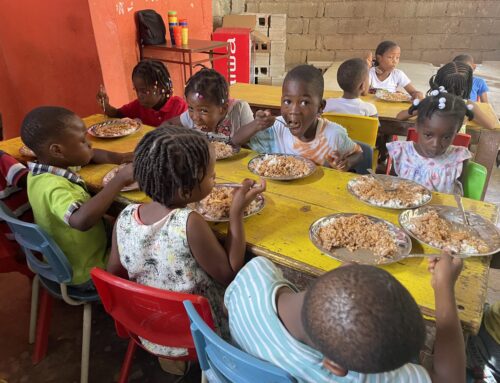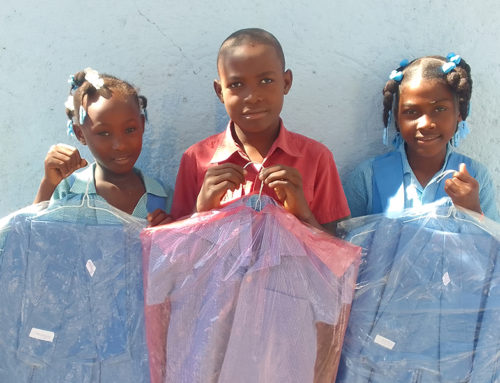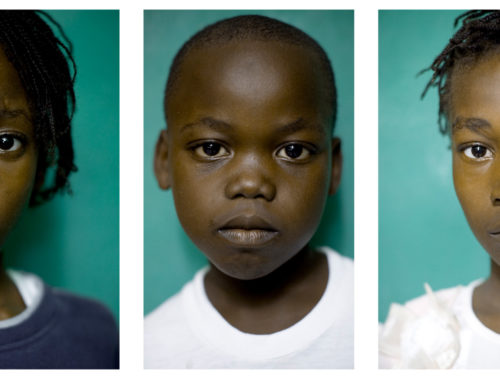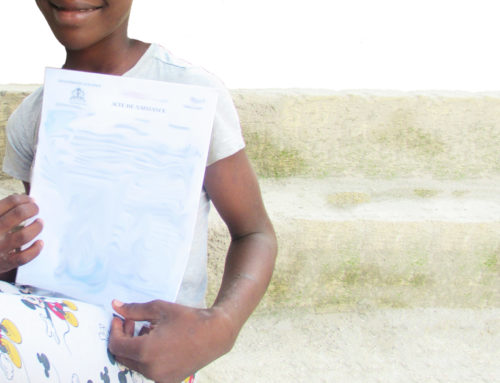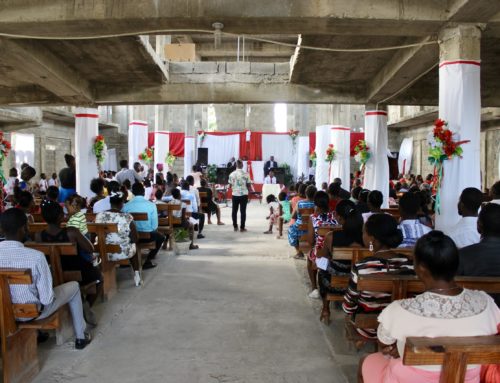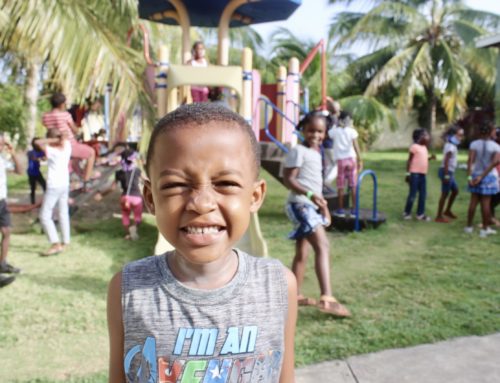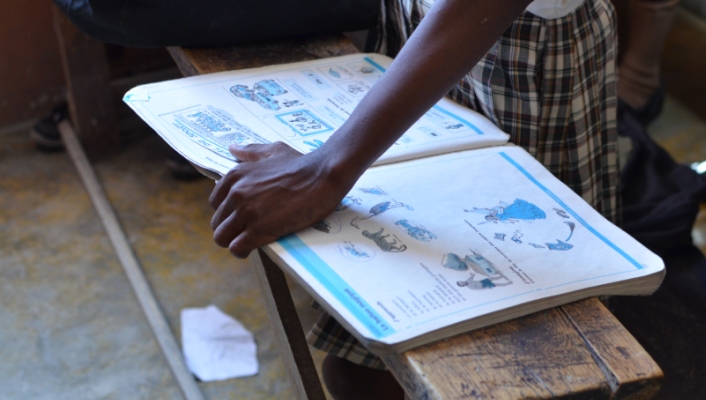
When it comes to the way we educate our children, each country has a unique philosophy on the best model, method and approach. Some countries support year-round school while others, like most American schools, take the summers off for an extended vacation. Countries like China place a high value on rigorous education in elementary school while first world countries such as Finland value play for the younger years. Still other countries that struggle with poverty have limited access to education and a lower literacy rate among their citizens.
Educational success is measured by a multitude of factors including the economic success of the country, the literacy rate and the percentage each country spends per year on education. Keep reading to learn more about the similarities and differences between schools across the world, how Haiti fits in, and how you can help Haitian children and other children in need gain access to education, nutrition and playtime.
Similarities In Education Across The Globe
Across the majority of the developed world, most countries encourage children to advance past primary school to continue their education. Although the global average of students who quit school after primary is only 6% the number of students who attend secondary school varies drastically from country to country. One of the major predictors of educational success worldwide is the educational level of the parents. The more educated a child’s parents are, the more likely they are to pursue more advanced education. Another sad statistic is that although more girls are attending school, both primary and beyond, they will make less than men across the board in almost every country examined. Also girls are much less likely to take classes that set them up for success in science and math, at a ratio of almost 4 to 1 when compared with boys.
Distinct Differences In Global Education
When it comes to the differences in education globally, it’s hard to choose where to begin. Some African countries struggle to offer rudimentary literacy programs to elementary age children. Countries such as South Sudan and Afghanistan have a literacy rate around 30%. On the opposite side of the spectrum countries like Finland and Norway have a literacy rate of 100%.
How You Can Help Children in Haiti
The Haitian education system leaves a lot to be desired. Currently many Haitian children do not have access to a quality education and many spend their childhoods laboring rather than playing and learning. One of the reasons for this disparity in education is the Restavek system, a form of modern-day child slavery. Due to the extreme poverty plaguing Haiti, many parents are forced to send their children away to receive food and care. All too often these children find themselves as slaves in the family they were sent to live with, spending their days doing hard labor with little time for the important building blocks of childhood.
Restavek Freedom is one of the top charities at work in Haiti and exists to end slavery in Haiti. Our work includes child advocacy, child sponsorship and education of Haitian leaders on the plight of the Restavek child. We invite you to partner with us in this important mission as we seek to give the children of Haiti more opportunities to learn, play and thrive.
To learn more, visit restavekfreedom.org.


